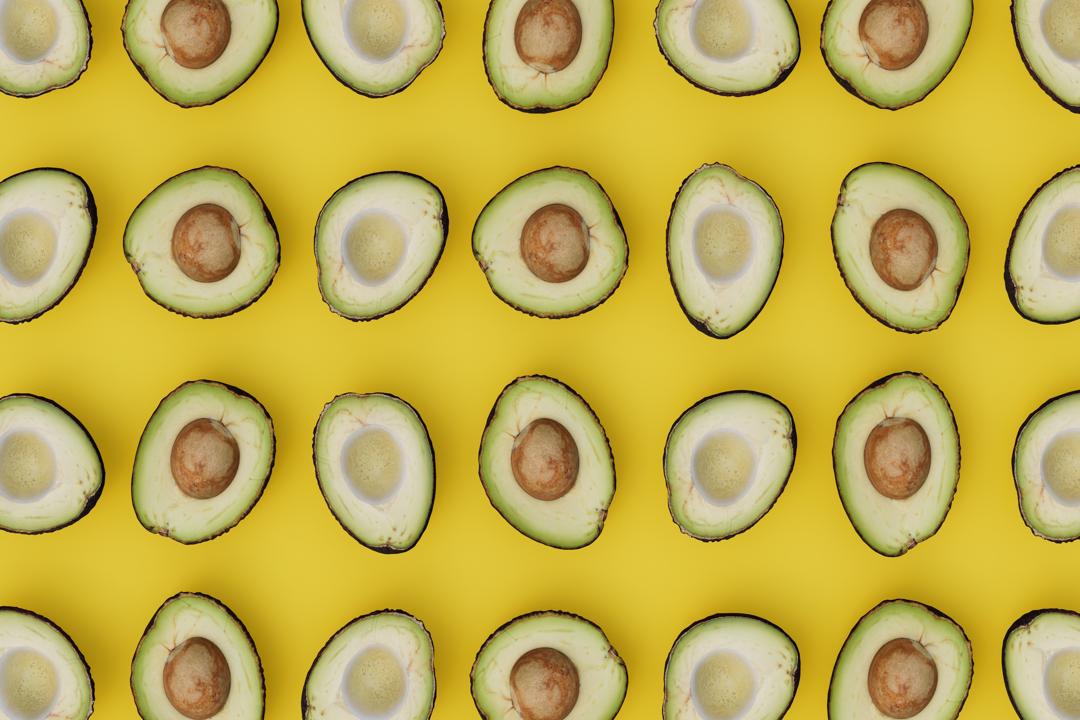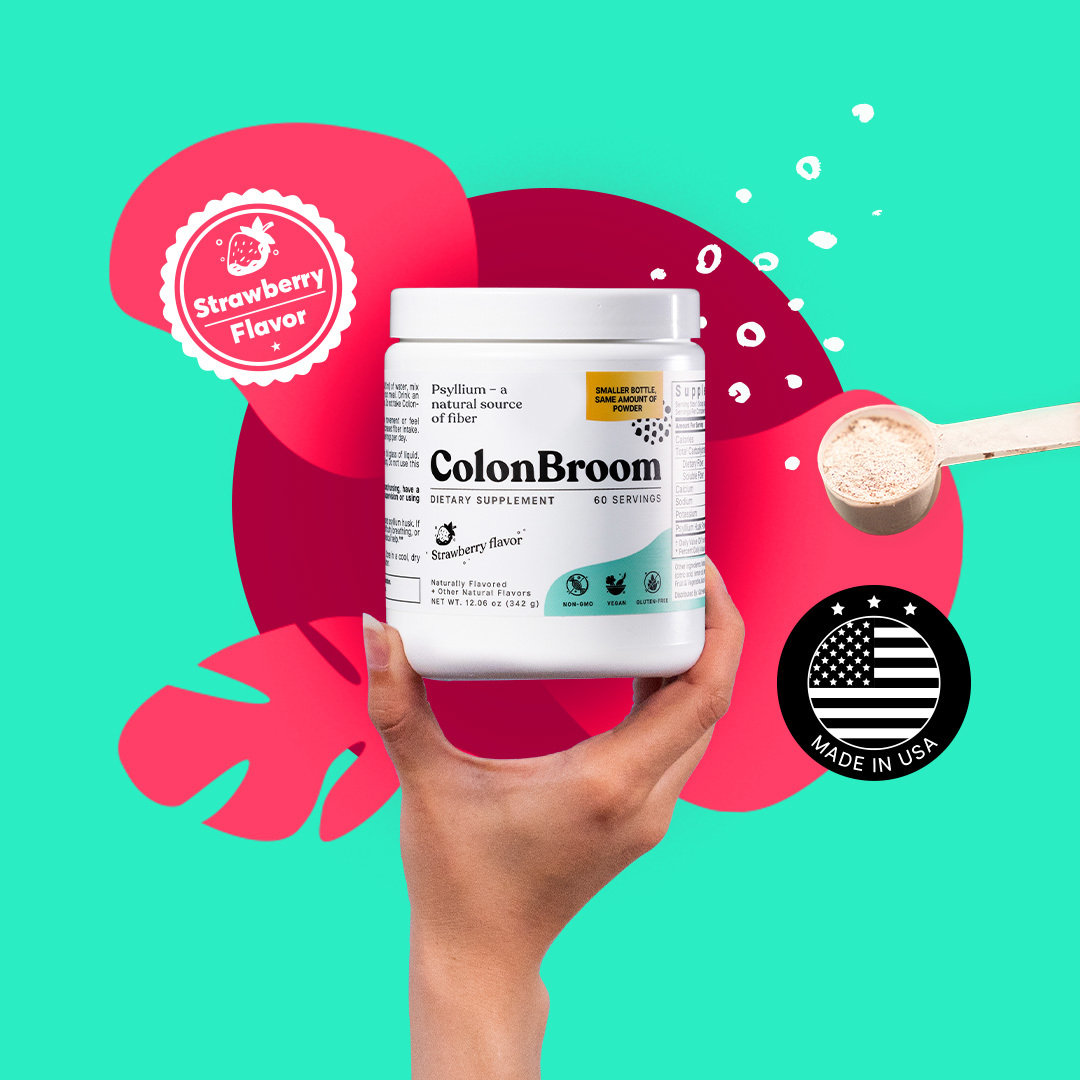Dietary Fiber Demystified: Types, Sources, and Benefits
Dietary Fiber Demystified: Types, Sources, and Benefits
The importance of dietary fiber in maintaining a healthy weight
Dietary fiber is an essential component of a healthy diet, and it plays a crucial role in maintaining a healthy weight. Whether you’re following the keto or Atkins diet, understanding the different types, sources, and benefits of dietary fiber can greatly assist you in achieving and maintaining weight loss over time.
Product Spotlight
Aggregate Rating
Our Rating
ColonBroom is a potent fiber supplement designed to enhance gut health and relieve digestive discomfort. Packed with psyllium husk and other ingredients, it aids in alleviating bloating, constipation and supports smoother bowel movements. Its all-rounder program, including a diet guide, workout plan, and app, makes achieving a healthier body effortless.
Types of Dietary Fiber
Soluble fiber
Soluble fiber is a type of fiber that dissolves in water and forms a gel-like substance in the digestive tract. It can be found in various foods such as oats, barley, legumes, and fruits.
Benefits of soluble fiber on weight management:
- Soluble fiber helps to slow down digestion and absorption of carbohydrates, which can help regulate blood sugar levels and prevent spikes in insulin levels.
- It also promotes a feeling of fullness and satiety, which can help control appetite and reduce overeating.
- Soluble fiber acts as a prebiotic, providing nourishment for beneficial gut bacteria, which play a role in weight management.
Insoluble fiber
Insoluble fiber, on the other hand, does not dissolve in water and adds bulk to the stool. It can be found in foods such as whole grains, nuts, seeds, and vegetables.
Benefits of insoluble fiber on weight management:
- Insoluble fiber helps to promote regular bowel movements and prevent constipation, which can be a common issue when following low-carb diets like keto and Atkins.
- It adds bulk to the diet without adding extra calories, which can help you feel full and satisfied.
Sources of Dietary Fiber
Low-carb sources of dietary fiber for the keto diet
- Avocado: Avocados are low in carbs and high in fiber, making them an excellent choice for the keto diet. They are also a good source of healthy fats, which are essential for a well-rounded keto diet.
- Chia seeds: Chia seeds are rich in fiber and can be added to smoothies, yogurt, or used as a topping for salads. They also provide omega-3 fatty acids, which have numerous health benefits.
- Broccoli: Broccoli is a low-carb vegetable that is high in fiber. It can be enjoyed steamed, roasted, or added to stir-fries.
Low-carb sources of dietary fiber for the Atkins diet
- Almonds: Almonds are a great low-carb snack option that is high in fiber and healthy fats. They can be enjoyed on their own or added to salads and other dishes.
- Flaxseeds: Flaxseeds are an excellent source of fiber and can be added to smoothies, baked goods, or used as a topping for yogurt or oatmeal.
- Spinach: Spinach is a nutrient-dense vegetable that is low in carbs and high in fiber. It can be enjoyed raw in salads or cooked in various dishes.
Benefits of Dietary Fiber on Weight Management
- Increased satiety and reduced hunger cravings: Dietary fiber helps to promote a feeling of fullness and can reduce hunger cravings, which can aid in weight management.
- Regulation of blood sugar levels: Soluble fiber slows down the digestion and absorption of carbohydrates, which can help regulate blood sugar levels and prevent spikes in insulin levels.
- Promotion of healthy gut bacteria: Dietary fiber acts as a prebiotic, providing nourishment for beneficial gut bacteria. These bacteria play a role in weight management and overall health.
- Prevention of constipation and digestive issues: Insoluble fiber adds bulk to the stool and promotes regular bowel movements, which can help prevent constipation and digestive issues.
Maintaining Weight Loss After the Keto or Atkins Diet
- Importance of gradually reintroducing carbs: After following the keto or Atkins diet, it’s essential to gradually reintroduce carbs to avoid weight regain. This can be done by slowly increasing your carb intake while monitoring your weight and adjusting as needed.
- Role of dietary fiber in maintaining weight loss: Dietary fiber can help you maintain weight loss by promoting satiety, regulating blood sugar levels, and supporting a healthy gut.
- Tips for incorporating fiber-rich foods into daily meals:
- Start your day with a fiber-rich breakfast, such as oatmeal topped with berries and chia seeds.
- Include plenty of vegetables in your meals, such as broccoli, spinach, and cauliflower.
- Snack on fiber-rich foods like almonds, flaxseeds, and avocados.
- Choose whole grains over refined grains whenever possible.
- Regular physical activity and its impact on weight maintenance: Regular physical activity is crucial for maintaining weight loss. It can help burn calories, build muscle, and improve overall health.
In conclusion, understanding the different types, sources, and benefits of dietary fiber is essential for individuals following the keto or Atkins diet. By incorporating fiber-rich foods into your daily meals and gradually reintroducing carbs after the diet, you can maintain weight loss and support overall health. As an experienced health and wellness coach, I encourage you to make dietary fiber a priority in your diet for long-term weight management.
References:

